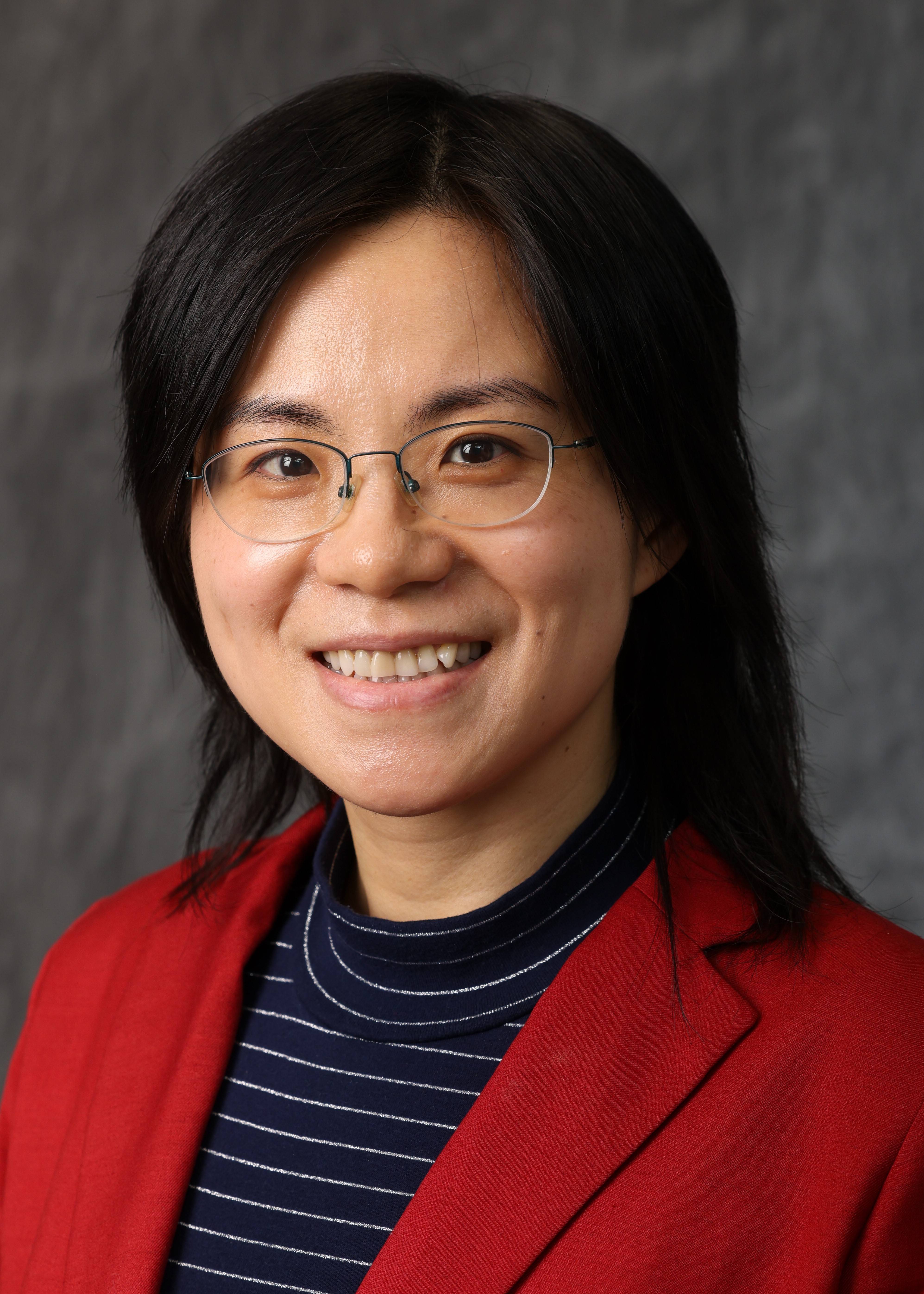
Meng Wang
Professor
Department of Electrical, Computer
& Systems Engineering
Rensselaer
Polytechnic Institute
Email: Deep learning can automatically learn features from data and have demonstrated extraordinary empirical performance in various applications such as natural language processing, computer
Vision, and image processing. However, the general acceptance of deep learning in critical domains is hindered by the significant computational cost to train a neural network, the lack of formal theoretical analysis to explain its performance, and the vulnerability to adversarial attacks. Our research includes a systematic investigation of neural network architecture selection, algorithmic design, and theoretical performance analysis. We want to develop sample-efficient and computationally inexpensive learning methods for deep neural networks with provable generalization guarantees. To enable the reliable implementation of synchrophasor-data-based real-time control, these
synchrophasor measurements should always be available and accurate. Due to device
malfunction, misconfiguration, communication errors, and possible cyber data attacks, the
synchrophasor data usually contain missing data and bad data. Exploiting the low-rank structures of the spatial-temporal blocks of PMU data, my group
developed fast algorithms with analytical guarantees for missing PMU data recovery, bad data correction, and detection of cyber data attacks. Our data recovery methods have the following distinctive features that do not appear in the existing model-free approaches: the ability to recover simultaneous and consecutive data errors or losses across all channels, the ability to distinguish system events from bad data, and provable analytical guarantees.
Data privacy is an increasing concern. For example, an intruder can extract user behavior from
individual household power consumptions measured by smart meters. One recent line of research
is to enhance data privacy by adding noise either numerically or physically before sending the
smart meter data to the operator. The resulting increase in the user privacy, however, is achieved
at the cost of reduced data accuracy for the operator and in turn, leads to inaccurate estimation
and decision making for the operator.
We for the first time proposed the idea to achieve individual users' data privacy and the
operator's information accuracy simultaneously. Our main technical contribution is to develop
information extraction methods for the operator from privacy-preserving measurements (with
added noise and quantization). We showed that using our approach the operator can still extract the information accurately from the data of a large number of users, while the intruders with access to partial measurements cannot.
Fast event identification is important to enhance the wide-area situational awareness of power
systems and prevent cascading failures and blackouts. Data-driven event identification methods
train a classifier based on measurements or extracted features. One disadvantage of data-driven
methods is that a large number of training events are needed to cover all the possible topologies,
initial conditions, and event locations.
We proposed to characterize events using low-dimensional structures instead of using the time series directly. We proved that the subspace depends on the dominant modes of the system after an event starts and is robust to initial conditions. Compared with the existing methods, one distinctive feature of our approach is the significant reduction in the required size of the training set without sacrificing the identification accuracy. Our method identifies event types accurately even when the pre-event conditions of the tested events differ from those in the dictionary by 90%.
Besides the application of power system data analytics, my research also explores the
fundamentals of low-dimensional-model-based high-dimensional data analytics and contributes
to the theoretical and algorithmic development of high-dimensional data analysis and nonconvex
optimization.
We can formulate the data recovery and information extraction problems as nonconvex
optimizations and develop computationally efficient nonconvex approaches with provable
performance guarantees. This line of research contributes to the theoretical development of
low-rank matrix theory and nonconvex optimization. Since the low-dimensional models exist in diverse applications, my research applies to other domains beyond power systems, such as image denoising, computer vision, MRI imaging, and array signal processing.
![]()
Phone: 518.276.3842 Fax: 518-276-6261
ECSE Department, JEC 6024
Rensselaer Polytechnic Institute
Troy, NY, 12180
Home Research Publications Teaching Group
Theoretical and algorithmic foundations of deep learning
Data recovery, error correction, and the detection of cyber data attacks
Simultaneous achievement of data privacy and information accuracy
Event identification
Theoretical development and other applications
Sponsors
I gratefully acknowledge the current and past support from the following funding agencies and organizations.
 National Science Foundation
National Science Foundation
 Air Force Office of Scientific Research
Air Force Office of Scientific Research
 Army Research Office
Army Research Office
 New York State Energy Research and Development Authority
New York State Energy Research and Development Authority
 CURENT NSF & DOE Engineering Research Center
CURENT NSF & DOE Engineering Research Center
 Electric Power Research Institute (EPRI)
Electric Power Research Institute (EPRI)
 International Business Machines (IBM)
International Business Machines (IBM)